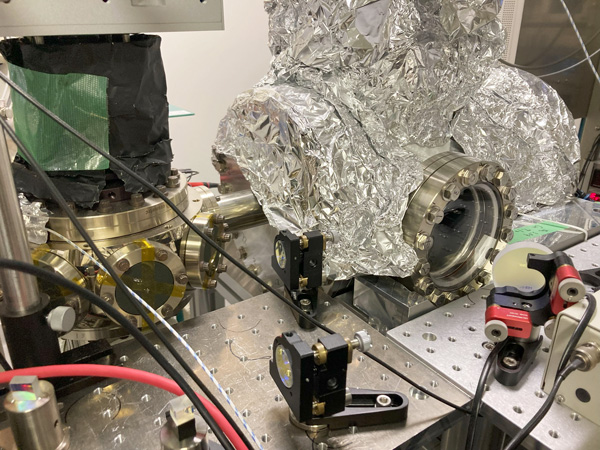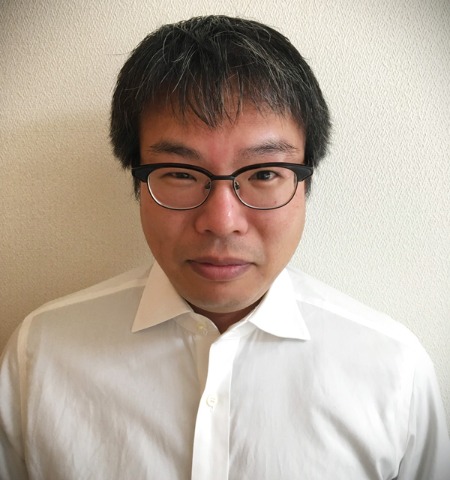
Figure 1: The apparatus that Atsushi Yamaguchi and his team used to trap triply charged thorium-229 ions and to perform laser spectroscopy on them. © 2024 RIKEN Quantum Metrology Laboratory
In a key step toward realizing ultraprecise clocks based on atomic nuclei, RIKEN physicists have measured the lifetimes of the nuclei of thorium ions using lasers1.
State-of-the-art optical atomic clocks keep time with an unimaginable level of accuracy, requiring more than twice the current age of the Universe to deviate by one second. But researchers are now looking beyond them to the next generation of ultraprecise timekeepers-nuclear clocks. Such clocks could help to uncover new physics such as dark matter.
Nuclear clocks have the potential to be ten times more accurate than optical atomic clocks, mainly since the nucleus is much less sensitive to external electromagnetic fields and temperature fluctuations than electrons.
The trouble is the energy needed to excite nuclei far exceeds the output of conventional lasers. However, there is one notable exception: the nucleus thorium-229. It's a freak among nuclei, having an exceptionally low excitation energy-so low that it can be excited by light from a vacuum ultraviolet laser.
One promising approach for realizing a nuclear clock is to trap thorium-229 ions missing three electrons (229Th3+). Such thorium ions have the advantage of being able to be cooled by lasers. They can also be easily detected thanks to the fluorescence they give off when illuminated by laser light.
But before triply charged thorium-229 ions can be used in nuclear clocks, crucial parameters such as their decay lifetime need to be measured accurately.
Now, Atsushi Yamaguchi of the RIKEN Quantum Metrology Laboratory and co-workers have achieved that by creating triply charged thorium-229 isomer ions from uranium and then probing them with a laser.
Yamaguchi was relieved on several fronts by the measurement.
First, he was happy that the system his team had created for trapping the ions worked. "We showed that we really can trap triply charged thorium-229 ions generated from uranium in this apparatus," says Yamaguchi. "That had never been done before, and some people had expressed doubts that our approach would work."
A second relief was the measured lifetime for thorium-229 ions of about 1,400 seconds fell within the right range. "If the lifetime was too long then we couldn't measure it, and if it was too short then we couldn't use the ions to realize a highly accurate nuclear clock," explains Yamaguchi. "1,400 seconds is a very nice lifetime for nuclear clock applications."
Yamaguchi's team is now switching their focus to developing a new laser that can be used to realize a nuclear clock.
But with a team in Austria and Germany having published a similar breakthrough for thorium-229 ions embedded in a crystal at almost the same time as Yamaguchi's study, Yamaguchi is conscious that time is ticking to develop highly accurate nuclear clocks.

Atsushi Yamaguchi and his team have performed laser spectroscopy of triply charged thorium-229 ions, which are promising for realizing a nuclear clock. © 2024 RIKEN






